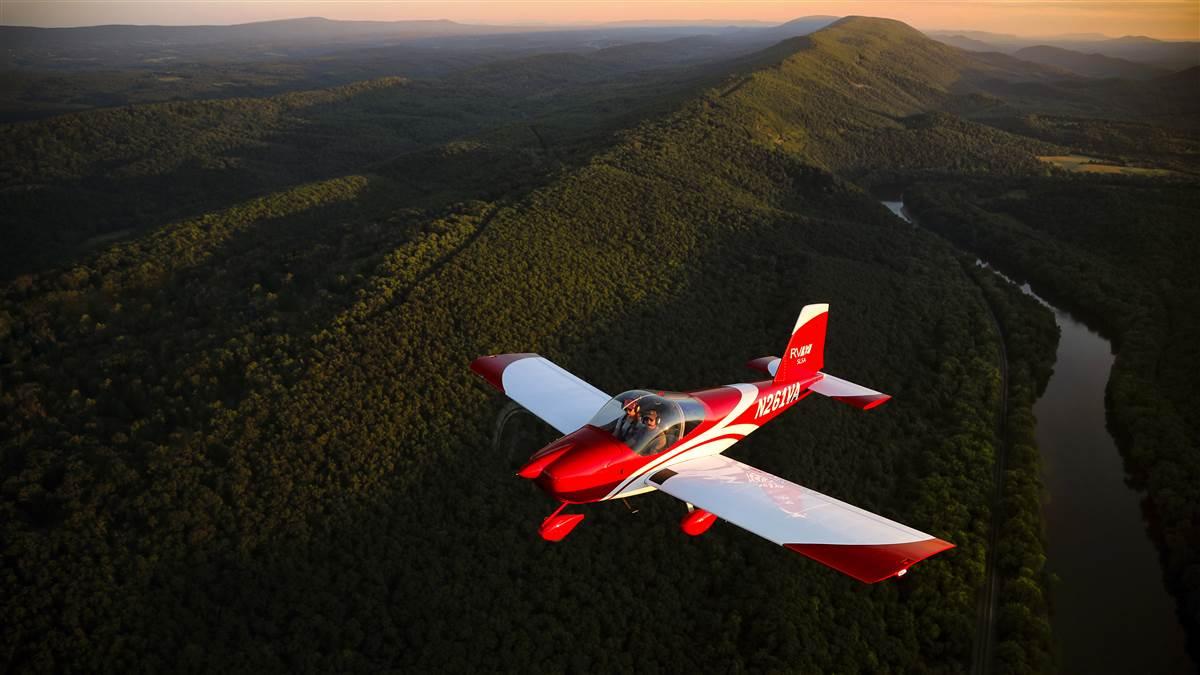
The RV‑12: — Plane & Pilot Review Highlights





A Purpose-Built Trainer That Delivers
When evaluating training aircraft, flight school operators are faced with a familiar trade-off: modern vs. affordable, durable vs. easy to maintain, high-tech vs. student-friendly.
In a recent flight review from Plane & Pilot Magazine, author Isabel Goyer puts the Van’s Aircraft RV‑12 through its paces—and the results speak clearly: the RV‑12 is a standout in the Light Sport Aircraft category, not only for personal flying, but also as a practical and proven flight training platform.
Here are the key takeaways:
Built for Real-World Use
The RV‑12 wasn’t adapted from another design. It was purpose-built by Van’s to be a Light Sport Aircraft that’s simple to build, maintain, and fly. Its all-metal construction stands out among LSAs, which are often composite or tube-and-fabric. For schools, this translates to faster repairs and fewer maintenance delays—a major advantage over more exotic airframes.
Supported Like a Workhorse
One of the major benefits highlighted in the review is Van’s Aircraft’s robust support system. Many LSA manufacturers struggle to provide quick access to parts or responsive service. Van’s has developed a reputation for doing the opposite: fast, reliable parts availability and a strong user support community.
This makes the RV‑12 not only a great airplane, but a great investment for busy training operations.
Smooth, Forgiving, and Predictable
Goyer praises the RV‑12’s light, crisp handling, noting that it doesn’t demand constant control input. It trims out easily, doesn’t surprise the pilot, and responds intuitively—all key characteristics for student pilots. These traits make it both confidence-inspiring for beginners and fun for experienced pilots.
Operational Efficiency That Adds Up
The review cites the Rotax 912ULS’s 4.5 gallons per hour fuel burn as a big win—especially when using automotive fuel (mogas). Compared to legacy trainers like the Cessna 152 or 172, this represents a significant savings in fuel and maintenance over time. The RV‑12 is designed with ease-of-use in mind—making it a cost-effective choice for flight school fleets.
Avionics That Match Student Expectations
The reviewed aircraft featured Dynon SkyView glass cockpit avionics, ADS-B In/Out, and autopilot capability. This is reflective of what most RV‑12iS and RV‑12iST aircraft include today. For schools, that means:
- Training students in modern tech
- Smoother transitions to higher-end aircraft
- A more impressive, intuitive learning environment
Reviewer’s Summary
Plane & Pilot closes the review by highlighting that the RV‑12 doesn’t feel like a compromise the way some LSAs do—it feels like a real airplane. And for operators who want to reduce costs without sacrificing safety or performance, that’s a compelling endorsement.
Final Thoughts for School Operators
The RV‑12 isn’t just an affordable aircraft—it’s a smart, supported, and scalable solution for modern flight training programs.
If you’re considering expanding your fleet or replacing aging trainers, the Plane & Pilot review confirms what many operators already know: the RV‑12 is a reliable, capable, and economical choice for the next generation of flight training.


